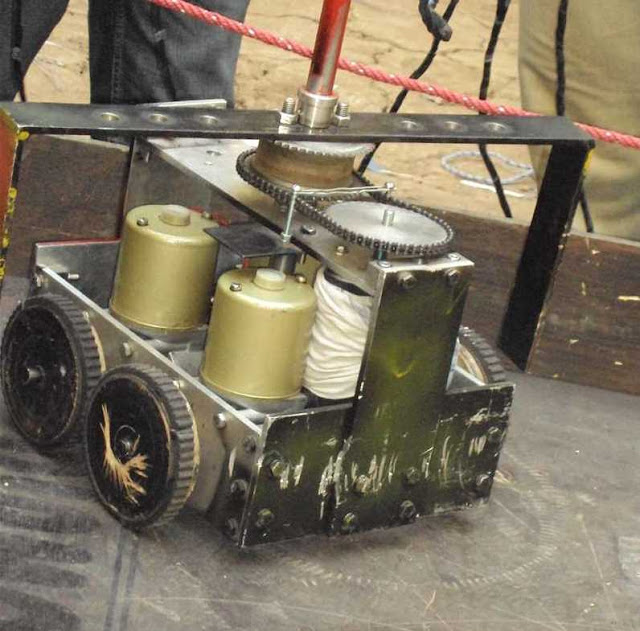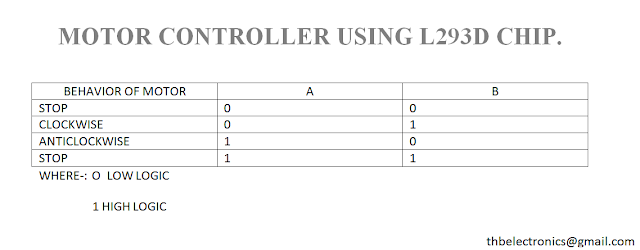Here u find various 74xx series ic
74LS00
4x Two input NAND
74LS01
4x Two input NAND, Open collector
74LS02
4x Two input NOR
74LS03
4x Two input NAND, Open collector
74LS04
6x Inverter (NOT)
74LS05
6x Inverter (NOT), Open collector
74LS06
6x Inverter (NOT), High voltage Open collector
74LS07
6x Buffer (NO-OP), High voltage Open collector
74LS08
4x Two input AND
74LS09
4x Two inout AND, Open collector
74LS10
3x Three input NAND
74LS11
3x Three inout AND
74LS12
3x Three input NAND, Open collector
74LS13
2x Four input, Schmitt Trigger NAND
74LS14
6x Inverter (NOT), Schmitt Trigger
74LS15
3x Three input AND, Open collector
74LS16
6x Inverter (NOT), High voltage Open collector
74LS17N
6x Buffer (NO-OP), High voltage Open collector
74LS19
6x Inverter (NOT), Schmitt Trigger
74LS20
2x Four input NAND
74LS21
2x Four input AND
74LS22
2x Four input NAND, Open collector
7423
2x Four input NOR with Strobe
7425
2x Four input NOR with Strobe
74LS26
4x Two input NAND, High voltage
74LS27
3x Three input NOR
74LS28
4x Two input NOR
74LS30
Eight input NAND
74LS31
6x DELAY (6nS to 48nS)
74LS32
4x Two input OR
74LS33
4x Two input NOR, Open collector
74LS37
4x Two inout NAND
74LS38
4x Two input NAND, Open collector
74LS39
4x Two input NAND, Open collector
74LS40
4x Two input NAND, Open collector
74LS42
Four-to-Ten (BCD to Decimal) DECODER
74LS45
Four-to-Ten (BCD to Decimal) DECODER, High current
74LS46
BCD to Seven-Segment DECODER, Open Collector, lamp test and leading zero handling
74LS47
BCD to Seven-Segment DECODER, Open Collector, lamp test and leading zero handling
74LS48
BCD to Seven-Segment DECODER, lamp test and leading zero handling
74LS49
BCD to Seven-Segment DECODER, Open collector
7450
2x (Two input AND) NOR (Two input AND), expandable
74LS51
(a AND b AND c) NOR (c AND e AND f) plus (g AND h) NOR (i AND j)
7453
NOR of Four Two input ANDs, expandable
74LS54
NOR of Four Two input ANDs
74LS55
NOR of Two Four input ANDs
74LS56P
3x Frequency divider, 5:1, 5:1, 10:1
74LS57P
3x Frequency divider, 5:1, 6:1, 10:1
74S64
4-3-2-2 AND-OR-INVERT
74S65
4-3-2-2 AND-OR-INVERT
74LS68
2x Four bit BCD decimal COUNTER
74LS69
2x Four bit binary COUNTER
7470
1x gated JK FLIPFLOP with preset and clear
7472
1x gated JK FLIPFLOP with preset and clear
74LS73
2x JK FLIPFLOP with clear
74LS74
2x D LATCH, edge triggered with clear
74LS75
4x D LATCH, gated
74LS76A
2x JK FLIPFLOP with preset and clear
74LS77
4x D LATCH, gated
74LS78A
2x JK FLIPFLOP with preset and clear
74LS83
Four bit binary ADDER
74LS85
Four bit binary COMPARATOR
74LS86
4x Two input XOR (exclusive or)
74LS90
Four bit BCD decimal COUNTER
74LS91
Eight bit SHIFT register
74LS92
Four bit divide-by-twelve COUNTER
74LS93
Four bit binary COUNTER
74LS94
Four bit SHIFT register
74LS95B
Four bit parallel access SHIFT register
74LS96
Five bit SHIFT register
74LS107A
2x JK FLIPFLOP with clear
74LS109A
2x JK FLIPFLOP, edge triggered, with preset and clear
74LS112A
2x JK FLIPFLOP, edge triggered, with preset and clear
74LS114A
2x JK FLIPFLOP, edge triggered, with preset
74LS116
2x Four bit LATCH with clear
74121
Monostable Multivibrator
74LS122
Retriggerable Monostable Multivibrator
74LS123
Retriggerable Monostable Multivibrator
74S124
2x Clock Generator or Voltage Controlled Oscillator
74LS125
4x Buffer (NO-OP), (low gate) Tri-state
74LS126
4x Buffer (NO-OP), (high gate) Tri-state
74LS130
Retriggerable Monostable Multivibrator
74128
4x Two input NOR, Line driver
74LS132
4x Two input NAND, Schmitt trigger
74S133
Thirteen input NAND
74S134
Twelve input NAND, Tri-state
74S135
4x Two input XOR (exclusive or)
74LS136
4x Two input XOR (exclusive or), Open collector
74LS137
3-8 DECODER (demultiplexer)
74LS138
3-8 DECODER (demultiplexer)
74LS139A
2x 2-4 DECODER (demultiplexer)
74S140
2x Four input NAND, 50 ohm Line Driver
74143
Four bit counter and latch with 7-segment LED driver
74LS145
BCD to Decimal decoder and LED driver
74LS147
10-4 priority ENCODER
74LS148
8-3 gated priority ENCODER
74LS150
16-1 SELECTOR (multiplexer)
74LS151
8-1 SELECTOR (multiplexer)
74LS153
2x 4-1 SELECTOR (multiplexer)
74LS154
4-16 DECODER (demultiplexer)
74LS155A
2x 2-4 DECODER (demultiplexer)
74LS156
2x 2-4 DECODER (demultiplexer)
74LS157
4x 2-1 SELECTOR (multiplexer)
74LS158
4x 2-1 SELECTOR (multiplexer)
74159
4-16 DECODER (demultiplexer), Open collector
74LS160A
Four bit synchronous BCD COUNTER with load and asynchronous clear
74LS161A
Four bit synchronous binary COUNTER with load and asynchronous clear
74LS162A
Four bit synchronous BCD COUNTER with load and synchronous clear
74LS163A
Four bit synchronous binary COUNTER with load and synchronous clear
74LS164
Eight bit parallel out SHIFT register
74LS165
Eight bit parallel in SHIFT register
74LS166A
Eight bit parallel in SHIFT register
74LS169A
Four bit synchronous binary up+down COUNTER
74LS170
4x4 Register file, Open collector
74LS174
6x D LATCH with clear
74LS175
4x D LATCH with clear and dual outputs
74LS170
Four bit parallel in and out SHIFT register
74LS180
Four bit parity checker
74LS181
Four bit ALU
74LS182
Look-ahead carry generator
74LS183
2x One bit full ADDER
74LS190
Four bit Synchronous up and down COUNTER
74LS191
Four bit Synchronous up and down COUNTER
74LS192
Four bit Synchronous up and down COUNTER
74LS193
Four bit Synchronous up and down COUNTER
74LS194
Four bit parallel in and out bidirectional SHIFT register
74LS195
Four bit parallel in and out SHIFT register
74LS198
Eight bit parallel in and out bidirectional SHIFT register
74LS199
Eight bit parallel in and out bidirectional SHIFT register, JK serial input
74LS221
2x Monostable multivibrator
74LS240
8x Inverter (NOT), Tri-state
74LS241
8x Buffer (NO-OP), Tri-state
74LS244
8x Buffer (NO-OP), Tri-state Line driver
74LS245
8x Bidirectional Tri-state BUFFER
74LS259
Eight bit addressable LATCH
74LS260
2x Five input NOR
74LS273
8x D FLIPFLOP with clear
74LS279
4x SR LATCH
74LS283
Four bit binary full ADDER
74LS373
8x Transparent (gated) LATCH, Tri-state
74LS374
8x Edge-triggered LATCH, Tri-state
74LS629
Volatge controlled OSCILLATOR
74LS688
Eight bit binary COMPARATOR












































